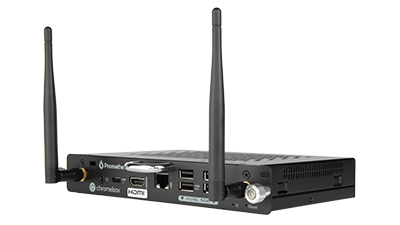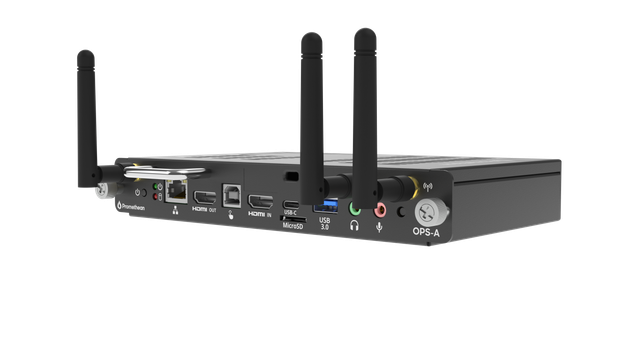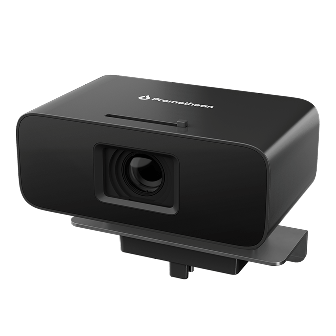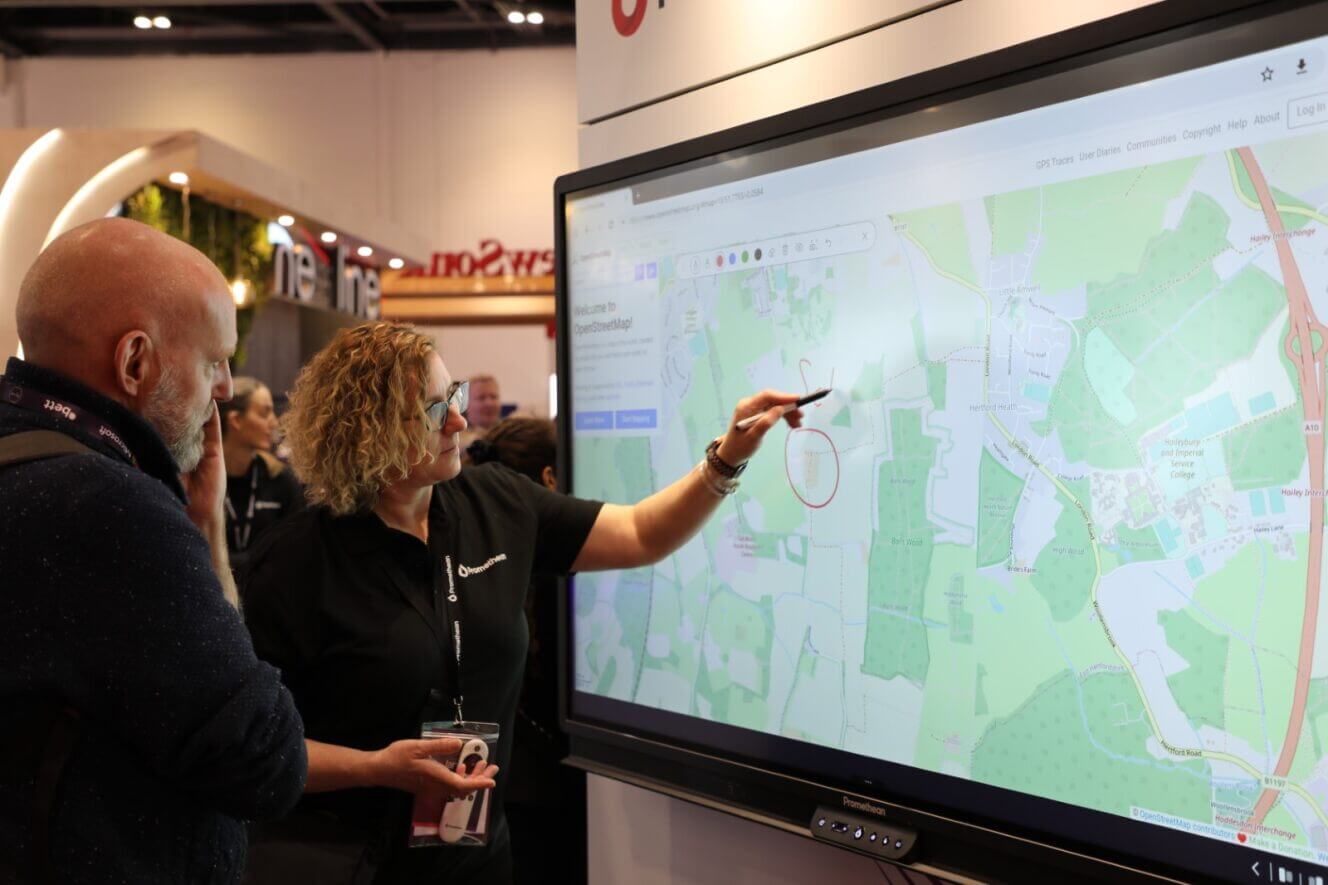Published on July 21st, 2025
Teacher Time Management: Strategies, Tools and Advice for Efficient Classroom Management
19 minute read

Teaching can be a demanding job, but it is deeply rewarding. With so many responsibilities to juggle, it’s no surprise that many educators feel the pressure of time. According to the Teachers’ Union’s 2024 Well-being at Work Survey, 86% of workers in the teaching profession reported that their job had affected their mental health in the last year, with 54% saying that workload was the main factor for increased work-related stress.
These issues are because of a multitude of challenges, including funding, staff numbers, and access to well-being services and resources. While systemic solutions are essential, teachers can still benefit from practical tools and strategies to help navigate daily demands.One of the key skills to develop in this regard is managing time as a teacher, as it helps to manage workload challenges and achieve a healthy work-life balance.
Efficient time management isn’t just beneficial for teachers, it’s an essential quality required to ensure student success, as it enables us to prioritise activities that support our learners – such as providing personalised student feedback, grading assignments, and lesson planning. Effective teacher time management strategies allow students to be their best selves and achieve their full academic potential.
Challenges in Managing Time as a Teacher
As teachers, we have competing demands on our time. Alongside being educators, we are also project managers, administrative assistants, and creative wheelhouses. It’s not surprising that we often feel like we have overloaded schedules and struggle to manage our time efficiently. Below are some of the most common challenges when it comes to managing time as a teacher. In the next section, we’ll explore some strategies for overcoming these.
Overloaded schedules
Of course, one of the biggest challenges for teachers is the volume of work we have to complete in a typical week. Full-time teachers tend to work, on average, around 50 hours a week during term time. We need to ensure that we adopt effective prioritisation tactics to use the limited time available to us efficiently, maximising instructional time and improving our work-life balance.
Accounting for Student Diversity
Any good teacher knows that what works for one student won’t necessarily work for the next and that we need to adapt our teaching strategies to individuals if we’re to give them the best opportunity for success. Sometimes, this can make both lesson planning and efficient classroom management quite a challenge. It’s important to identify the different teaching styles required for different learners as early as possible and draw on a range of templates and teaching methods.
Multitasking
As teachers, we are often required to be multitaskers. However, as studied by the American Psychological Association, multitasking is cognitively inefficient, creates increased mental loads, and can lead to actually more time wasted. To overcome this, we need to block or prioritise tasks, even if that means waiting for a few similar tasks to build up.
Time Wasting Behaviours
In today’s modern world, there are plenty of distractions waiting to impede our teachers’ time management skills. Whether it’s working from home or the technologies that we hold in our hands throughout the day, we need to practice self-discipline. This requires a level of self-awareness in recognising these behaviours before putting clear boundaries in place. We need to identify when technology can make our lives more efficient and when it’s simply a hindrance while making sure we have spaces to work in our homes that are conducive to productivity rather than distraction.
Personality Types
As Teachers.Institute points out, one of the most common – though less frequently acknowledged – time management challenges for teachers relates to personality types. As teachers, we’re often inclined towards creative and spontaneous personality types or predisposed to excessive independence; traits that don’t typically lend themselves to a natural affinity with efficient time management. In these scenarios, we need to recognise and evaluate the traits that are holding us back and employ express tactics to surmount these.
Six Teacher Time Management Strategies
Time management is a skill that we must explicitly practice. Unfortunately, it’s not always something that we can just develop intuitively. Luckily there are lots of strategies that we can implement into our working lives to help us get better at managing time as a teacher.
1. Prioritisation
When it comes to getting through our to-do lists, we have to employ strict prioritisation strategies, as the list is simply never-ending. This means that we also must accept that there are some items on our to-do lists that won’t get done – this is a crucial step towards optimising our time. Below are two popular prioritisation models that you may find helpful in managing your time as a teacher.
Eisenhower Matrix
To employ the Eisenhower Matrix, we need to set up a grid with four quadrants:
- Quadrant One: Do – This is where you’ll place tasks that are both urgent and important. They will impact your long-term goals and there will be consequences of not doing them. Complete these tasks first.
- Quadrant Two: Schedule – This is where you’ll place tasks that are important but not urgent. They will impact your long-term goals but don’t need to be accomplished immediately. Complete these tasks once you’ve worked through Quadrant One.
- Quadrant Three: Delegate – This is where you’ll place tasks that are urgent but not important. These tasks must be completed immediately, but they won’t affect your own long-term goals. Delegate them to a teaching assistant or another member of your team.
- Quadrant Four: Delete – This is where you’ll place tasks that aren’t urgent or important. These are the tasks that are obstructing your own long-term goals, and you can remove them from your to-do list.
The ABC Method
Much like the Eisenhower Matrix, the ABC method requires us to prioritise tasks based on urgency and importance. You’ll write all of your tasks down and assign them to one of three groups – A, B or C (or they could just as easily be numbers or colours).
- A – Tasks that are urgent and important
- B – Tasks that are important but not urgent
- C – Tasks that are neither urgent nor important
Once you’ve done this, simply work through your list, completing all of your A tasks before moving on to Bs and finally Cs.
2. Pomodoro Technique
It’s easy to get distracted and use our working time inefficiently when we have a never-ending to-do list. This just leads to bloat and means that tasks that should take a short amount of time can end up taking hours. The solution to this lies in maintaining our focus, and the Pomodoro technique is a great way to do this. It simply involves dividing every 30 minutes into 25 minutes of focus, and five minutes of break time. After four Pomodoros, you can take a longer break of 15-30 minutes. In addition to this, we’d advise taking your break away from your working space to help further reinforce the separation between working time and leisure time – space is equally as important as time in setting these boundaries.
3. Time Blocking
Time blocking is a great tool for teachers as we have so many conflicting priorities. It involves dividing our tasks into blocks and plotting them on a calendar ahead of time. This helps us to visualise our workload for the week and reduces unwanted interruptions. Where possible, try to plan similar activities for the same time every day to help form habits. For example, you can commit to checking your email only once a day at 8am, or you can schedule all lesson planning for an hour in the late afternoon. This will help prevent you from jumping between tasks, and allow you to build more sustained focus.
4. Plan for Crises
This is a project management trick, but is particularly useful when each day brings the unexpected; a commonality when working with children and young people! Plan time into your schedule to deal with crises, unanticipated incidents, or interruptions. You can either extend every task in your schedule by 15% to account for unknown issues or simply add a dedicated block to each day. If there’s an unexpected problem – either in the classroom or between lessons – you’ll have the time and headspace to deal with it. If there isn’t an issue, you’ll have a little extra time to dedicate to supporting your students or working through your to-do list.
5. Harness the Power of Technology
Identifying where technology can help you achieve efficiencies in your workload, and where it’s an unnecessary distraction is a key teacher time management skill. In particular, look for opportunities to automate tasks, such as by using email filters or creating worksheet templates. You can also consider how technology can help make better use of your classroom time. For example, instead of asking your students to copy a passage or a diagram into their workbooks, you can send a copy straight to their devices so that they can start working through exercises immediately.
6. Don’t Reinvent the Wheel
If you’re new to teaching, it can be tempting to want to put your stamp on everything and create materials from scratch, whether that’s lesson plans or classroom decor. This can be a huge drain on time and can very quickly lead to burnout, so don’t be afraid to draw on resources that already exist – you can always add your own spin to them later. Take advantage of your school’s intranet or online resources such as Twinkl.
Teacher Productivity Tools
One of the keys towards achieving efficient classroom management is using technology to optimise your time. Below are a few common digital tools that can really help with time management for educators.
Interactive Displays
If you use an interactive display in your classroom, it’s easy to think of it as just a piece of hardware, but many displays come with additional resources that can help improve your productivity. Promethean software, for example, gives you access to an extensive resource library of over 50,000 materials, including lesson plans and activities for all ages.
Calendar Apps
Calendar apps are indispensable for planning your week or engaging in time-blocking activities. Most apps include useful features such as repeat scheduling and will allow you to share your schedule with others so that they can respect your time commitments. If you work in primary education, it can even be a good idea to display the schedule for the day with your students on a shared screen so that they can visualise their time. There are plenty of apps to choose from, but Google Calendar is a popular and easily integratable solution.
Project Management Tools
One of the great things about Promethean’s ActivPanel is that it can be integrated with various project management tools to allow for dynamic lesson delivery and real-time task management.
Project management tools are a great way to visualise your to-do lists and keep track of projects – especially those with multiple parts. Whether that’s sorting tasks, breaking long-term projects into smaller steps, or even inviting colleagues to collaborate.
Teacher Management Software
Teacher management software is designed specifically for maximising instructional time in the classroom. These tools help to manage assessments, monitoring and marking in one place, accessible across devices. Most solutions also provide lesson planning resources, scheduling tools, and records for individual students. The latter can be particularly useful for supporting individual learners as you can see their learning history in just a few clicks and contextualise any challenges they may be facing.
The Importance of Time Management for Educators
Effective lesson planning, strategic time management and efficient classroom management will pay dividends – not just for you but for your students as well.
It will free up time from routine administrative tasks, which you can dedicate to offering personalised student support and enhancing learning outcomes while ensuring a healthy work-life balance for yourself. Effective time management is key to supporting student success.
To find out how Promethean can help you enhance your time in the classroom, contact us today for a free quote.
FAQs about Time Management for Educators
What are the biggest time management challenges for teachers?
Some of the most common time management challenges for teachers are overloaded schedules, the need to constantly switch tasks, accounting for diverse learning styles, and overcoming personality traits that don’t typically lend themselves to efficient time management.
What are some signs that poor time management is affecting my teaching?
If the pace of your lessons feels rushed, or you find that you often have lots of free time at the end of a lesson, this may be a sign that your time management skills could benefit from improvement. Other signs might include irritability during classes and high levels of stress.
Can time management help with student behaviour?
Many students benefit from structure and knowing what to expect throughout the day or even during an individual lesson, meaning that effective time management can benefit student behaviour. It can also reduce stress for students, as well as providing you with the time you need to offer better support to individuals.
Is it worth investing time in learning a new tool or system mid-year?
The key to learning a new tool or system mid-year is building time into your annual schedule to account for professional development. If you haven’t already done this, then you may find learning to use a new tool to be stressful to manage alongside your existing workload.
What are the 5 P’s of classroom management?
The 5 P’s of classroom management are prompt, prepared, productive, polite, positive.
Prompt – starting and ending activities on time:
Preparedness – being organised and having resources ready in advance.
Productive – reduce distractions and set clear expectations.
Polite – encouraging respect and supportive behaviours among learners.
Positive – inspiring confidence in learners and encouraging an inclusive, safe atmosphere.
What are some common teacher time management strategies?
Some of the most popular time management strategies for teachers include prioritisation, time blocking, planning for crises and the unknown, using technology such as interactive displays, drawing on existing resources, and setting firm boundaries.
Related articles:






















